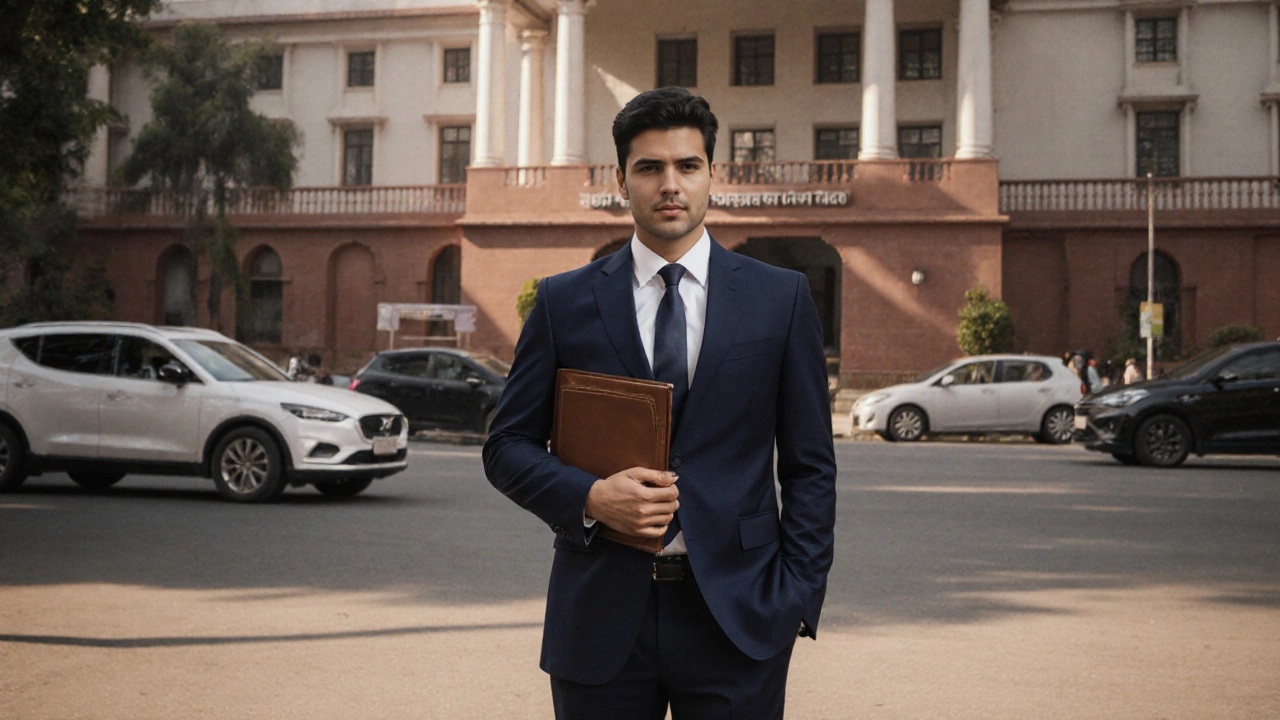Government Job Interview Clothes: What to Wear to Impress in India
When you walk into a government job interview in India, your government job interview clothes, the outfit you choose to wear during a formal job interview for public sector roles. Also known as interview attire, it’s not just about looking neat—it’s about signaling respect, discipline, and professionalism before you even speak. In India, where government jobs are highly competitive and often tied to tradition, your clothing speaks louder than your resume in those first 30 seconds. A wrinkled shirt or mismatched shoes can accidentally suggest you don’t take the process seriously—even if you’re the most qualified person in the room.
What you wear depends on the role. For a clerk or assistant position, a simple formal shirt with trousers or a salwar kameez is enough. For officer-level posts like SSC CGL or UPSC, a full suit or formal Indian wear like a bandhgala or well-tailored sherwani carries more weight. Women often choose sarees in solid colors or formal suits—avoid flashy prints, heavy jewelry, or high heels that click too loudly. The goal isn’t to stand out. It’s to blend in with the seriousness of the environment. Many candidates overlook this, thinking content alone wins. But interview panels notice the details: polished shoes, ironed collars, clean nails, and hair neatly tied back. These aren’t vanity checks. They’re quiet signals of self-respect and readiness.
There’s a big difference between dressing formally and dressing like you’re going to a wedding. You don’t need a branded suit. You don’t need silk ties or designer bags. A well-fitted, clean, and pressed outfit bought from a local tailor or even a trusted online store like Myntra or Ajio works fine. What matters is consistency: no wrinkles, no loose threads, no strong perfume. Many successful candidates wear the same outfit to every round of interviews—because they know repetition builds familiarity and trust. In government hiring, predictability is a virtue. Your clothes should say, "I’m here to work, not to impress."
And don’t forget the little things. A simple watch, no flashy rings, and minimal makeup (if any) help keep the focus on your answers. Men should avoid beards unless they’re neatly trimmed. Women should avoid dangling earrings or loud nail polish. These aren’t rules written in law—they’re unwritten cultural codes. Break them, and you risk being seen as careless, even if your knowledge is perfect.
What you wear also changes slightly depending on the state. In Delhi or Chandigarh, a suit is standard. In smaller towns or rural district offices, traditional Indian formal wear is often preferred—and sometimes even expected. Always check the notice or ask someone who’s been through it before. If the ad says "formal attire," don’t guess. Dress like someone who’s already in the job.
Behind every government job interview is a panel that’s seen hundreds of candidates. They don’t remember what you said about budgeting or public policy. But they remember the person who walked in looking calm, clean, and composed. That’s the power of the right government job interview clothes. It doesn’t guarantee you the job—but it ensures you’re taken seriously. The rest? That’s up to you.
Below, you’ll find real advice from people who’ve walked through those doors—and lived to tell the tale. From budget-friendly outfit ideas to what not to wear, these posts cut through the noise and give you what actually works in India’s government hiring system.
